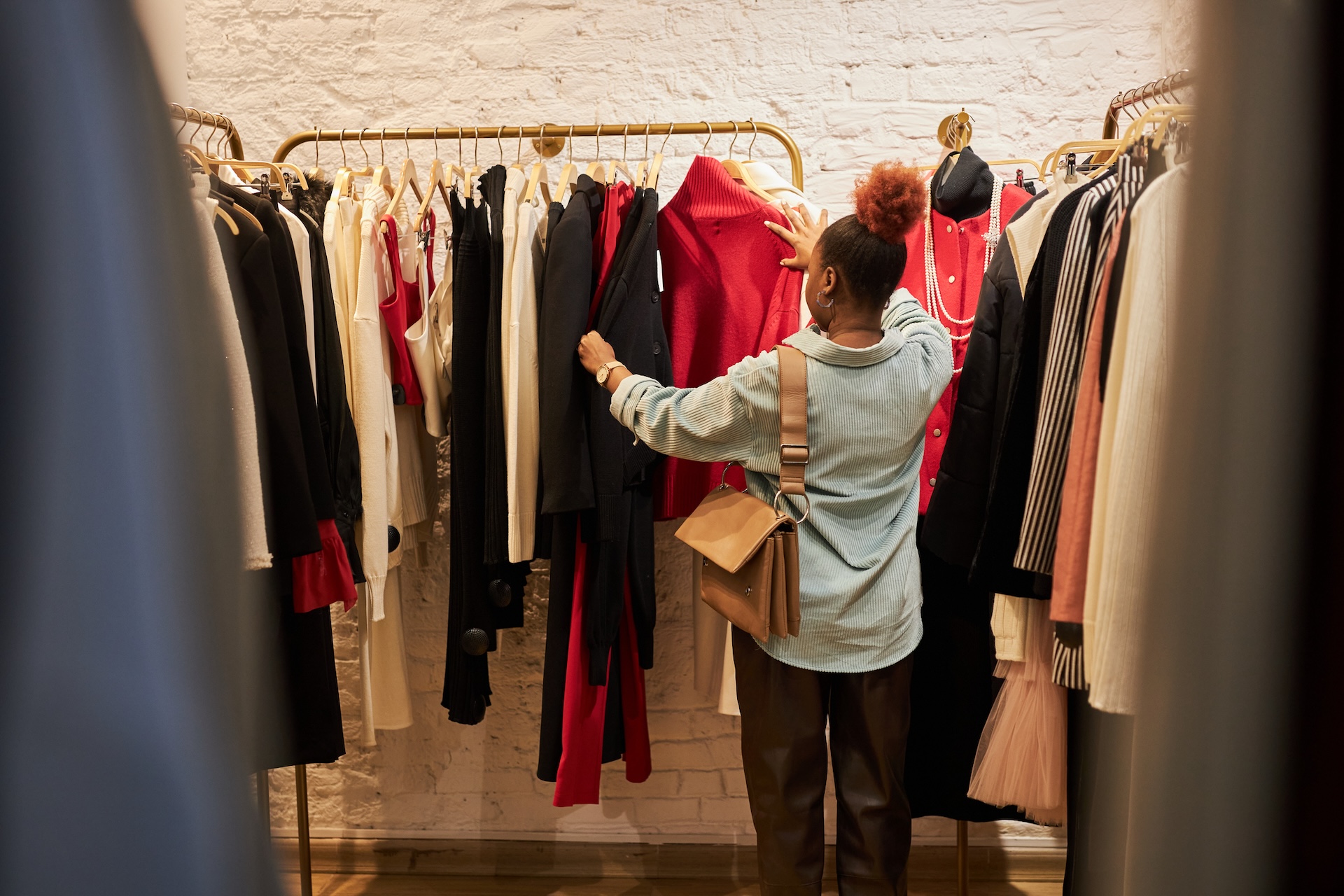In a win-win for wallets and the planet, secondhand clothing sales are soaring to new heights. The pre-loved garment market is on track to make up 10% of global fashion sales by next year, according to the Guardian.
A perfect storm of financial pressure and environmental awareness is driving this surge, the outlet said. With the cost of living crisis squeezing budgets, savvy shoppers are turning to resale to score high-end brands at low-end prices.
But it's not just about saving money. Sustainability concerns are also fueling the secondhand boom.
By extending the life of existing garments, resale helps reduce the fashion industry's massive carbon output. In fact, buying a garment secondhand reduces its carbon pollution by a whopping 82%, according to resale giant ThredUp.
The best part? This trend isn't just for eco-conscious millennials anymore. Over half of all shoppers across generations have bought something secondhand in the past year, the Guardian reported.
For younger buyers, online marketplaces like ThredUp and Depop make finding fashionable pre-owned pieces a breeze. Meanwhile, older shoppers are frequenting brick-and-mortar resale stores in growing numbers.
Even major retailers are getting in on the action. From luxury department stores to fast-fashion chains, brands are experimenting with hosting secondhand sellers to meet customer demand, the Guardian detailed.
As James Reinhart, co-founder of ThredUp, explained to the Guardian: "When consumer sentiment is softer, value is key. People are looking to shop secondhand to drive more value."
Despite the profitability challenges in the resale space, Reinhart remains optimistic about ThredUp's future: "We have a lot of confidence."
This value goes beyond just financial savings. Buying secondhand is a small way shoppers can reduce their impact on the planet while still expressing their individual style.
With the resale market predicted to more than double in the next five years, one thing is clear: Secondhand is becoming the new normal. And that's a fashion trend we can all feel good about.
Join our free newsletter for cool news and actionable info that makes it easy to help yourself while helping the planet.










